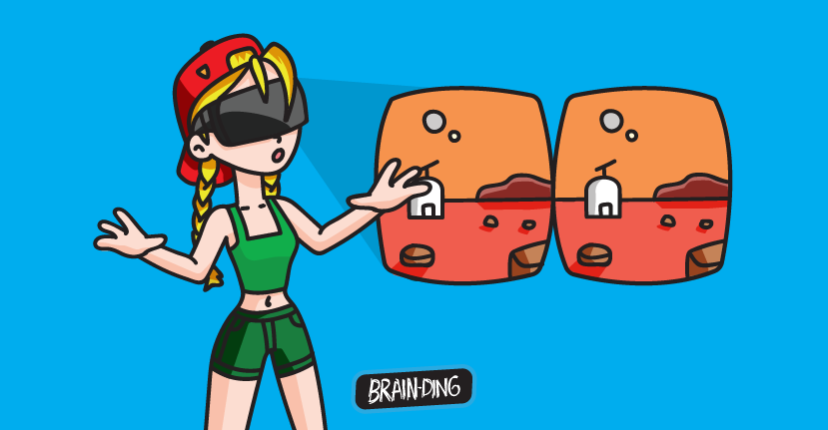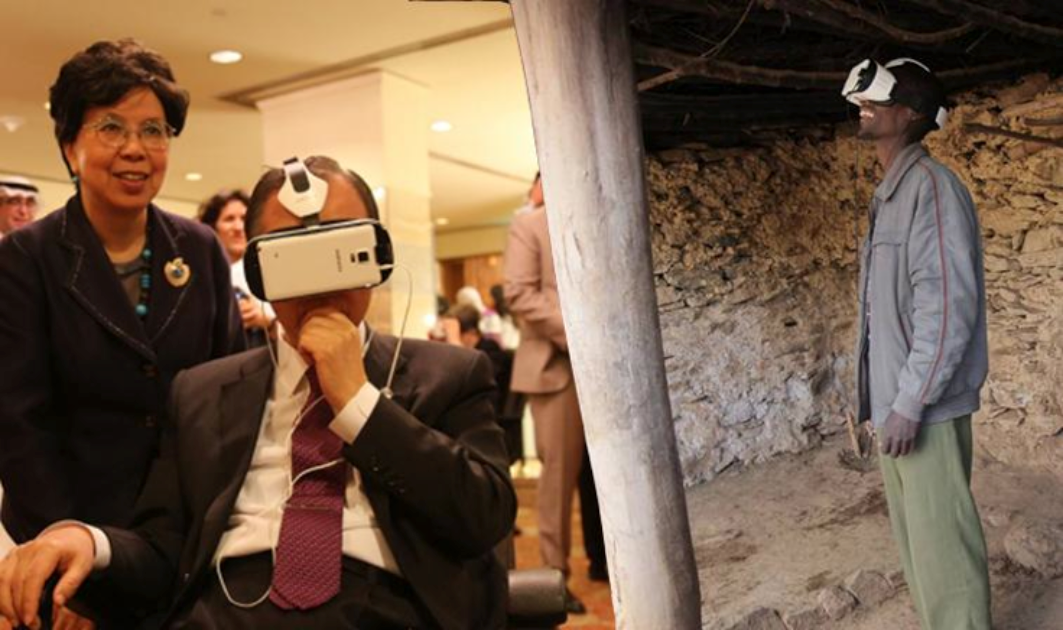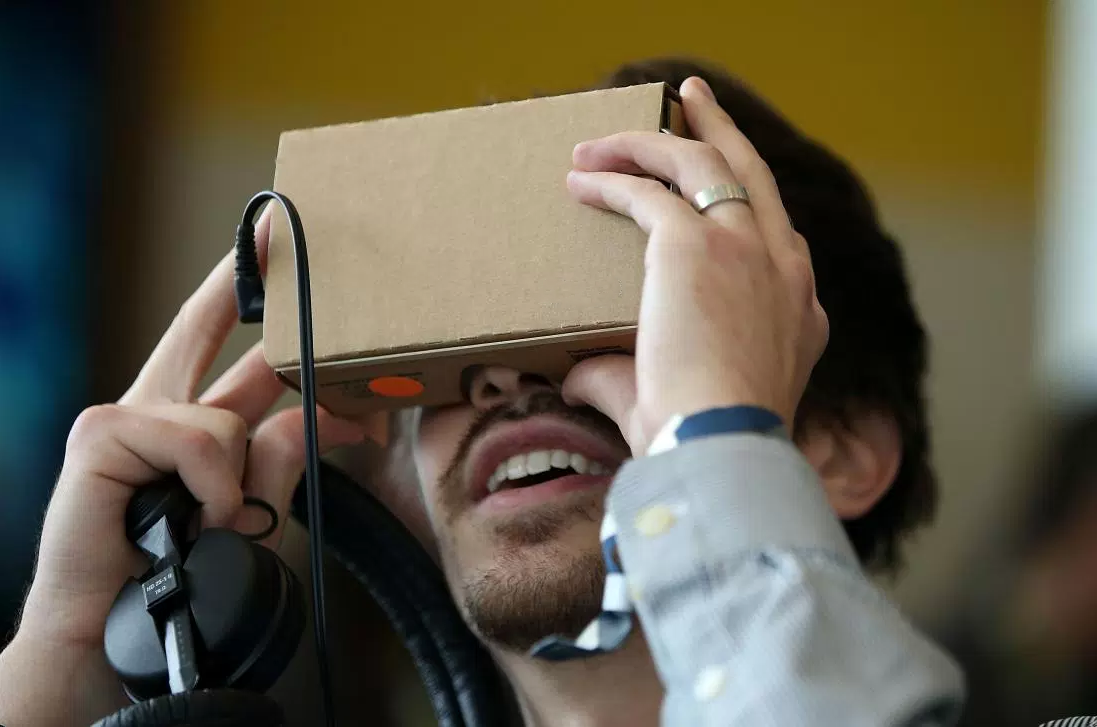Have you ever put on a virtual reality headset? If you have, you know how profoundly moving it can be. The 360-degree visuals, the ability to move around a virtual environment, and the multi- directional sound effects from a uniquely immersive experience. That’s why brands are lining up to take advantage of virtual reality – its power to invoke empathy and excitement draws companies and charities to the emerging tech like paperclips to a magnet.
Adweek reports that a new study released by Greenlight VR found 71% of adults surveyed feel brands who use VR are “more forward-thinking and modern,” and 53% of adults would be more likely to buy from a brand that uses VR. That’s big news for the budding niche industry, which has been inching toward $1 billion annual revenue for years. So let’s take a look at a few examples of how brands are utilizing the tech today.
United Airlines, partnering with creative agency Thinkingbox, rolled out a virtual reality project to showcase its new, highly-coveted business class, Polaris. Leveraging the white-hot star power of narrator Matt Damon, Thinkingbox created a virtual reality film that allows the viewer to experience the process of boarding a Boeing 777 and settling into their own Polaris seat.
The film goes well beyond a traditional 2-D video by allowing the viewer to explore the environment on their own, in all directions, and get an authentic feel of (and desire for) the real deal. The immersion makes it hard not to awe at the array of features and luxury displayed around you.
Lockheed Martin took VR tech to the next level by removing the barriers of a headset and creating a group virtual reality experience. They told a class of schoolchildren in Washington, D.C. that they were going on a field trip, and loaded them onto a secretly VR-loaded bus.
Once onboard, they deployed the virtual reality screens, installed where the windows should’ve been, and transported the kids to Mars. As the school bus followed a predetermined route through D.C., the kids observed the Martian landscape whizz by on all sides. The real-life movement was synced with the visuals perfectly, giving the impression that they really were on Mars. The project won 19 Lions at the 2016 Cannes Festival.
For many charities that survive on donations, sparking emotional reactions in potential donors is the crux of their fundraising strategy. That’s an area where VR experiences can be incredibly useful. One group, Charity: Water, which funds and deploys clean water projects around the world, unleashed their latest virtual reality project at a black-tie fundraising event to huge results. They passed out headsets to each visitor, and let them watch a 9-minute short film about a girl who experienced moving from dirty water to clean water, with the help of Charity: Water, in a third world slum.
The filmmaker, Jamie Pent, said: “you could hear a pin drop.” As the donors watched, some le apt from their chairs, spouses clutched hands, others wiped tears from their eyes after it finished. The charity hauled in $2.4 million in donations that night – much more than usual.
It’s an exciting time for virtual reality, with devices like HTC’s Vive and Facebook’s Oculus Rift finally nearing a price point that makes widespread distribution viable. It’s also exciting for brands that are looking for new ways to strike those emotional chords in their target market.
For innovative brands, the storytelling potential of VR could revolutionize how charities solicit donations or how products/services are marketed. With just a headset and a Wi-Fi connection, consumers can sit inside a new car, or explore a new theme park, or feel the impact of their donations in a village halfway across the world. The possibilities for your brand are endless.
Let’s do #BRAIN-DING!





You must be logged in to post a comment.